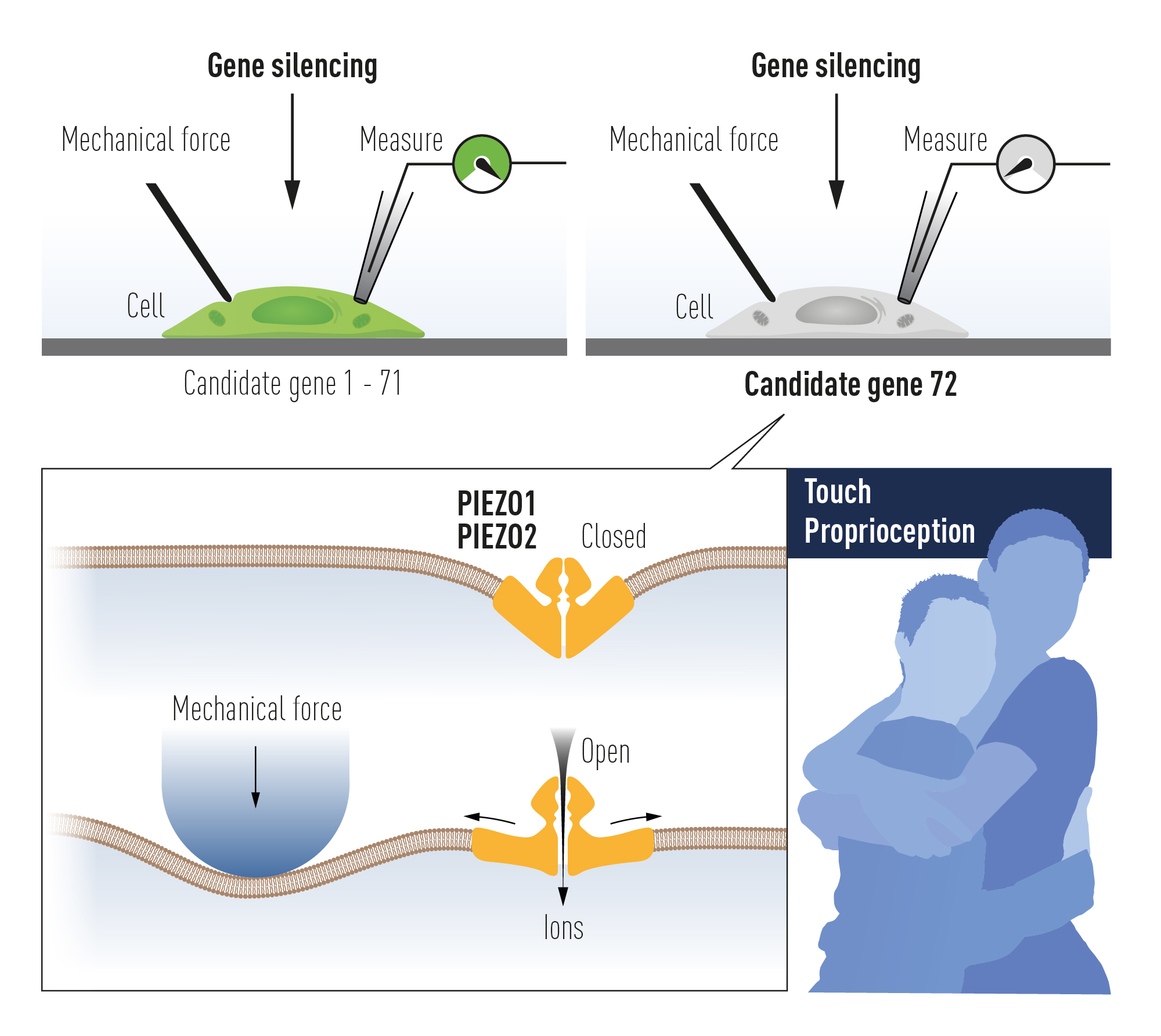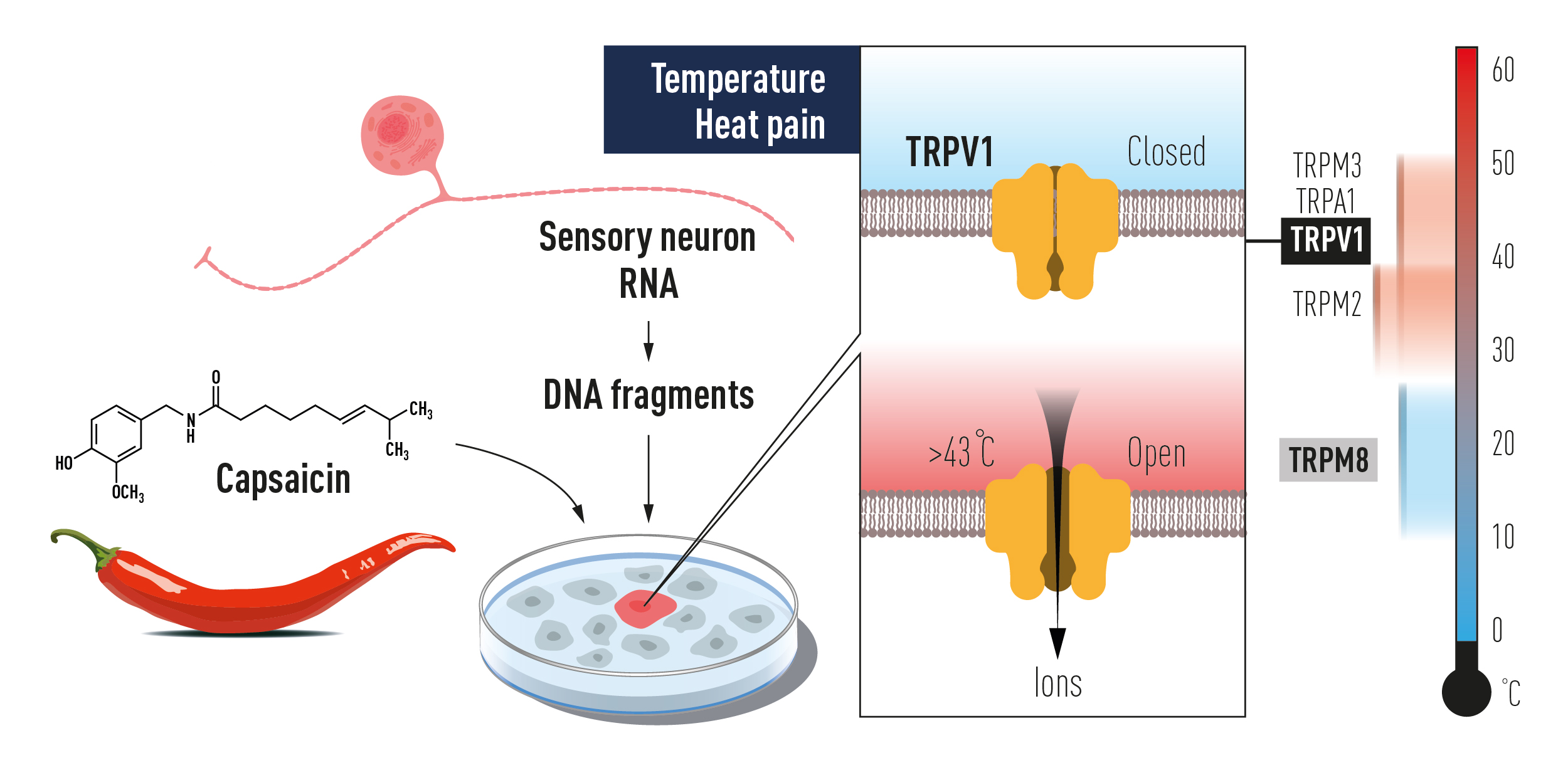Gaming Disorder
As the pandemic increased screen time across age groups, the concerns over gaming disorder have been growing.
In 2018, the World Health Organisation (WHO) included ‘Gaming Disorder’ in the 11th International Classification of Diseases (ICD-11) as one of the mental disorders caused due to addictive behaviour alongside ‘Gambling Disorder’.
- According to the WHO, Gaming disorder is defined as a pattern of gaming behavior (“digital-gaming” or “video-gaming”) characterized by,
- Impaired control over gaming,
- Increasing priority given to gaming over other activities to the extent that gaming takes precedence over other interests and daily activities, and
- Continuation or escalation of gaming despite the occurrence of negative consequences.
- It is the obsessive and compulsive overuse of internet games and video games as an escape from life.
- Symptoms - Insomnia, withdrawal from social contacts, academic failure, extreme anger and irritability, and refusal to eat food.
- Online gaming has not only been a problem for children and youth but adults too get addicted to games that involve real money.
- Ultimately, gaming addictions can cause physical, social and emotional damages, impairing sleep, appetites, careers and social lives.
- Diagnosis - For gaming disorder to be diagnosed, the behaviour pattern must be of sufficient severity to result in significant impairment in important areas of functioning.
- It would normally have been evident for at least 12 months.
International Classification of Diseases
- International Classification of Diseases (ICD) is the basis for identification of health trends and statistics globally and the international standard for reporting diseases and health conditions.
- It is used by medical practitioners around the world to diagnose conditions and by researchers to categorize conditions.
- The inclusion of a disorder in ICD is a consideration which countries take into account when planning public health strategies and monitoring trends of disorders.
Algae to Biodegrade Plastic
Researchers have isolated an alga species that shows promise as an agent of biodegradation of plastic sheets.
According to the Central Pollution Control Board’s annual report 2011-12, the plastic waste generated in a year amounted to 5.6 million metric tonnes.
Only 60% of the plastic used in India was collected and recycled.
The metros alone contributed some 21.2% of the total waste, led by Delhi, followed by Chennai, Kolkata and Mumbai.
- The usual means of disposal of plastic waste involves incineration, land-filling and recycling. These methods are hazardous to the environment.
- But, the new biodegradation method based on alga species is safe and environment friendly.
- In the recent study, the biodegradation of low-density polyethylene (polymer) sheet into monomers was done by the microalga Uronema africanum Borge.
- This microalga degrades the polymers by producing enzymes, hormones, toxins such as cyanotoxins, and some polysaccharides.
- This green photosynthetic microalgae is commonly found in Africa, Asia and Europe. It is an epiphyte, which attaches itself to other algae and plants.
Nobel Prize in Medicine 2021
The Nobel Prize in Physiology or Medicine 2021 was awarded jointly to 2 US-based scientists David Julius and Ardem Patapoutian for their discoveries of receptors that allow humans to feel temperature and touch.
Somatosensation is the ability of specialised organs such as eyes, ears and skin to see, hear and feel.
- The work of the scientists is focused on the field of somatosensation.
- Capsaicin, the active component in chilli peppers, was used by Mr. Julius to identify the nerve sensors that allow the skin to respond to heat.
- Separate pressure-sensitive sensors in cells that respond to mechanical stimulation were found by Mr. Patapoutian.

Somatosensation
- Somatosensation is the ability of specialised organs such as eyes, ears and skin to see, hear and feel.
- The impressions of temperature, touch and movement are feelings relying on somatosensation.
- Somatosensation information continuously flows from the skin and other deep tissues.
- It connects us with the ex ternal and internal world.
- It is also essential for tasks that we perform effortlessly and without much thought.

Factors Dropping down Equity Benchmarks
Equity benchmarks 30-share Sensex and Nifty dropped in early trade, amid a negative trend in global markets.
Forest Restoration
- Forests cover nearly 30% land surface of the earth. But, there is a decline in global forest cover, and requires restoration.
- Restoration is bringing back the degraded or deforested landscape to its original state by various interventions to enable them to deliver all the benefits.
- Active restoration includes planting, and
- Passive restoration includes halting environmental stressors.
State of the World’s Forests report 2020, says that between 1990 and 2020, 420 million hectares of forest have been lost through deforestation, conversion and land degradation.
India lost 4.69 MHA of its forests for various land uses between 1951 and 1995.
Decade 2021-2030 is declared as the UN Decade on Ecosystem Restoration for improving environmental conditions and enhancing human communities.
- Challenges - Out of 21.9% population of India living under the poverty line, nearly 275 million people including tribes depend on the forest for subsistence.
- As 18% of the global human population depend on forests, there is a degradation of 41% of its forests in India.
- To combat this, India joined the Bonn Challenge with a pledge to restore 21 MHA of degraded and deforested land which was later revised to 26 MHA to be restored by 2030.
- Solution - There needs to be research on the local ecology before putting restoration interventions into practice.
- Alternate financing ways such as involving corporates and dovetailing restoration activities with ongoing land-based programmes of various departments can help to make it easy for operation.
- An inclusive approach involving active engagement of stakeholders, awareness and capacity building of stakeholders can help India achieve its MHA restoration objectives.
- In forest restoration, the participation of local communities and adequate financing and incentives are essential.
Source: The Hindu, WHO, Nobelprize.org